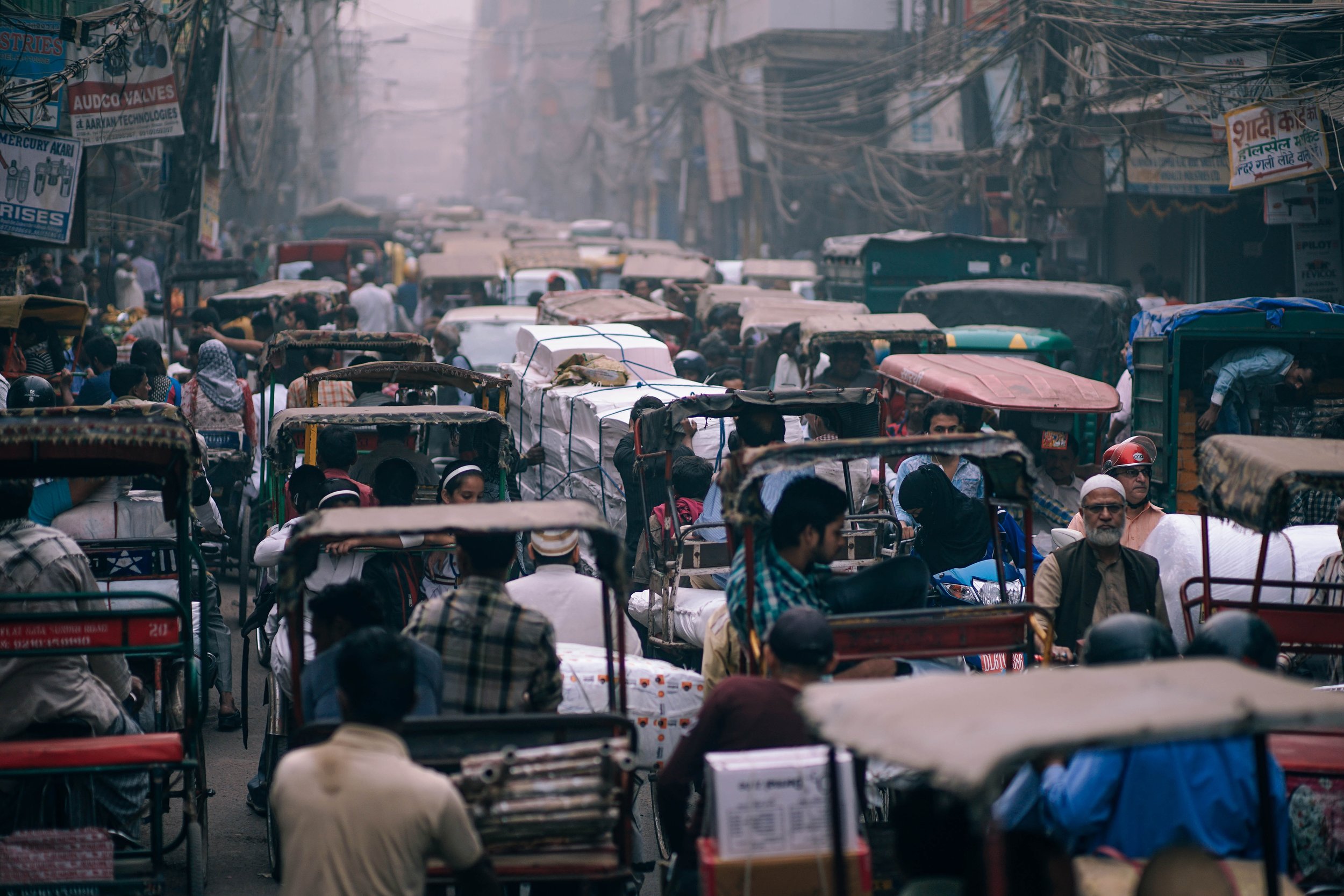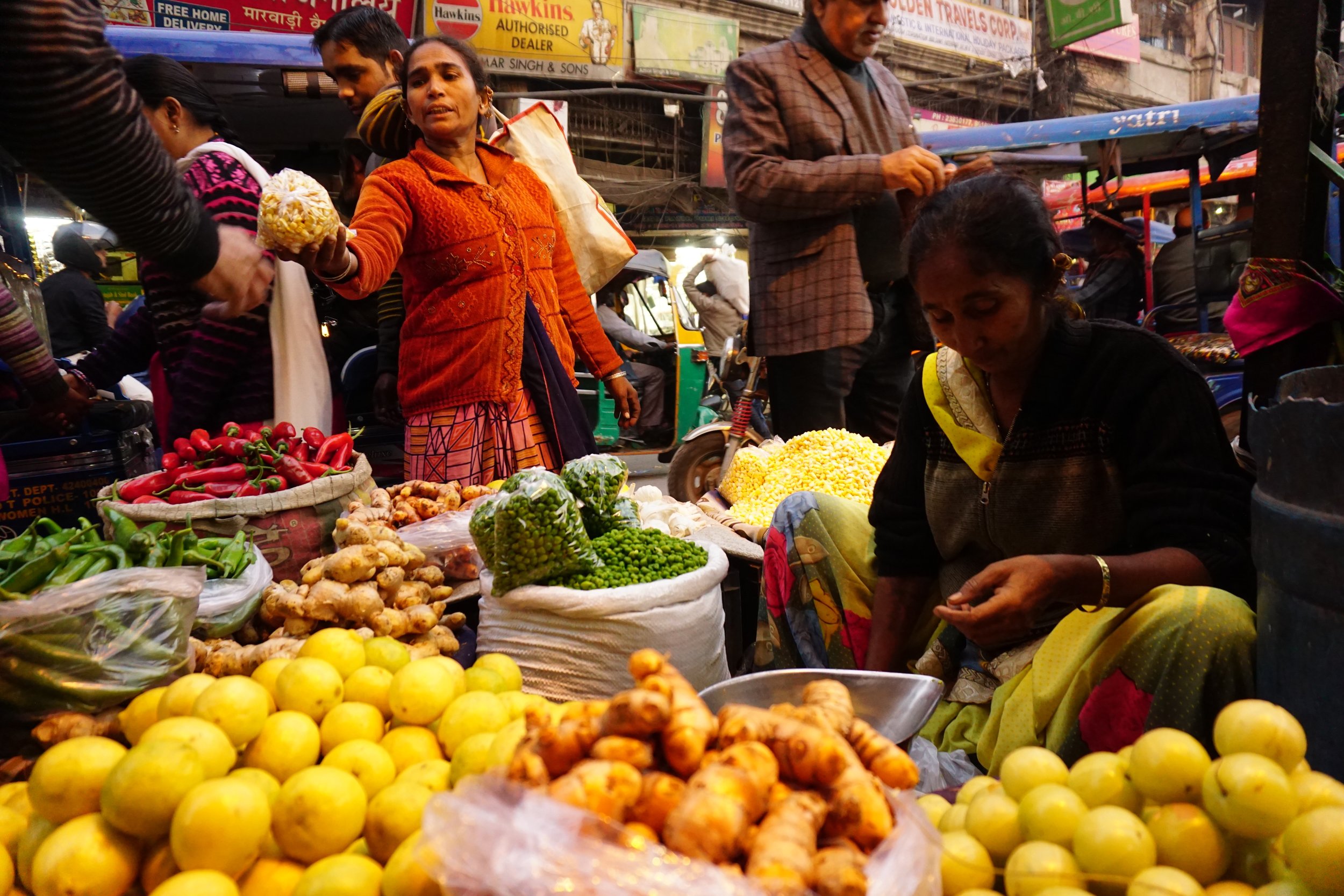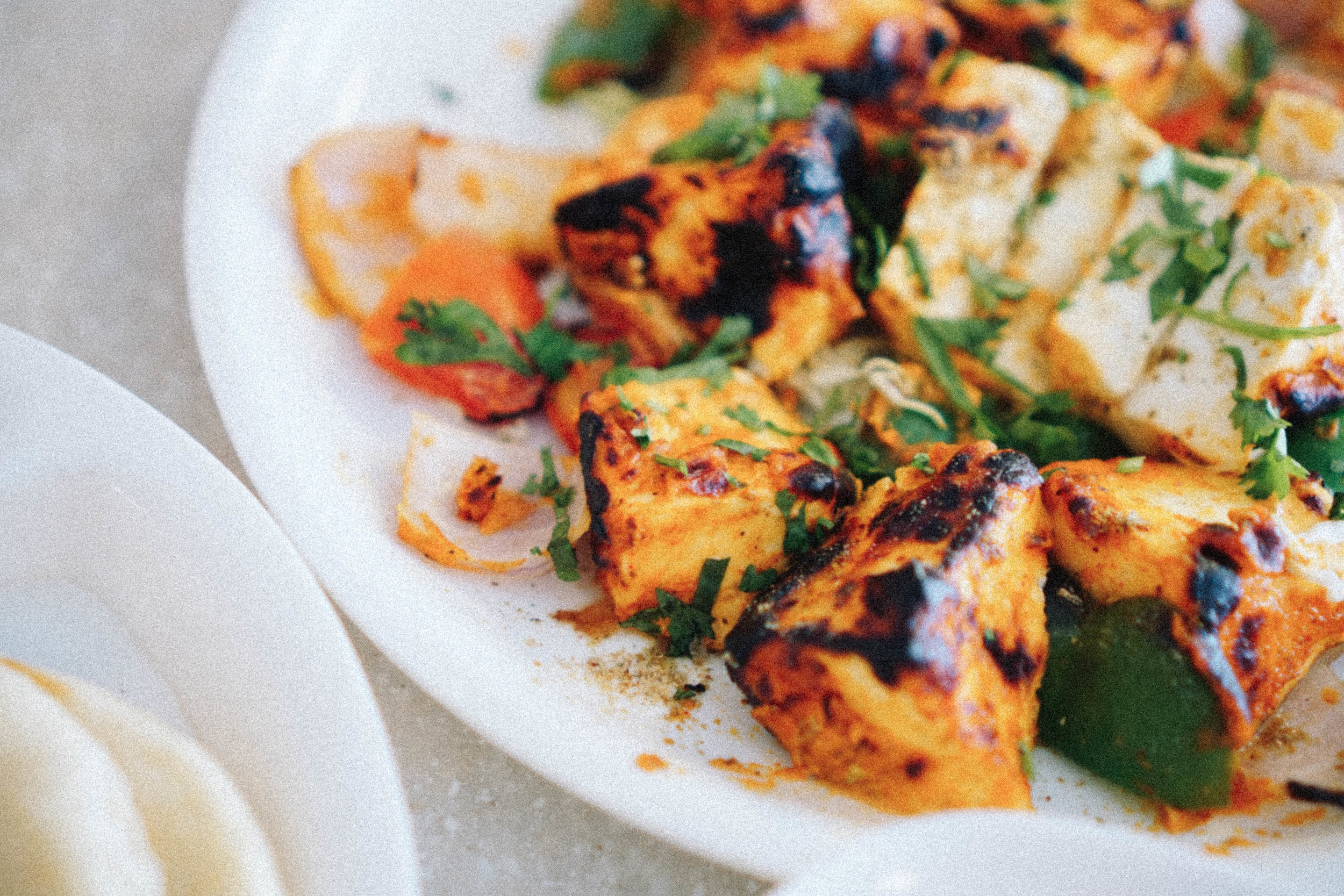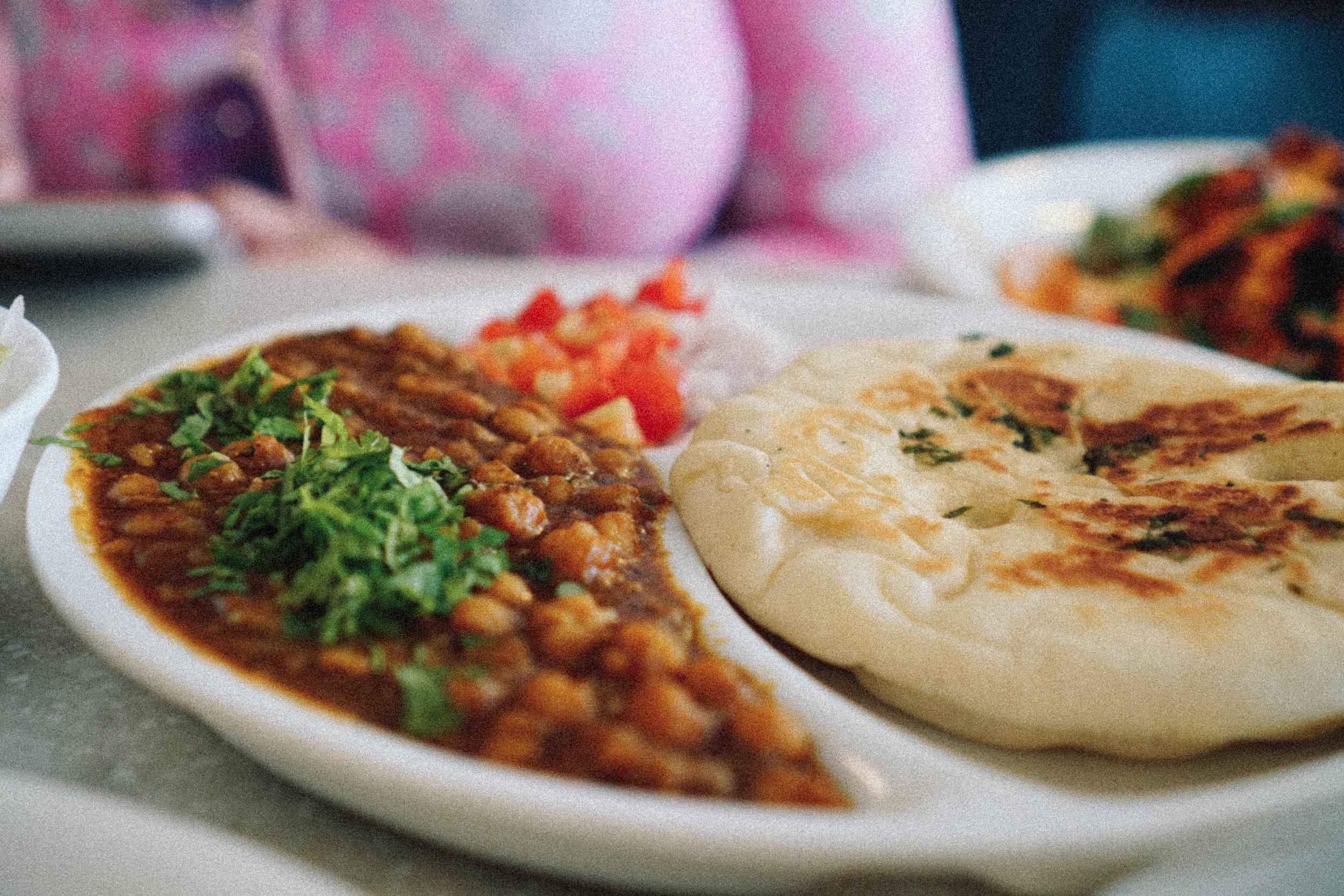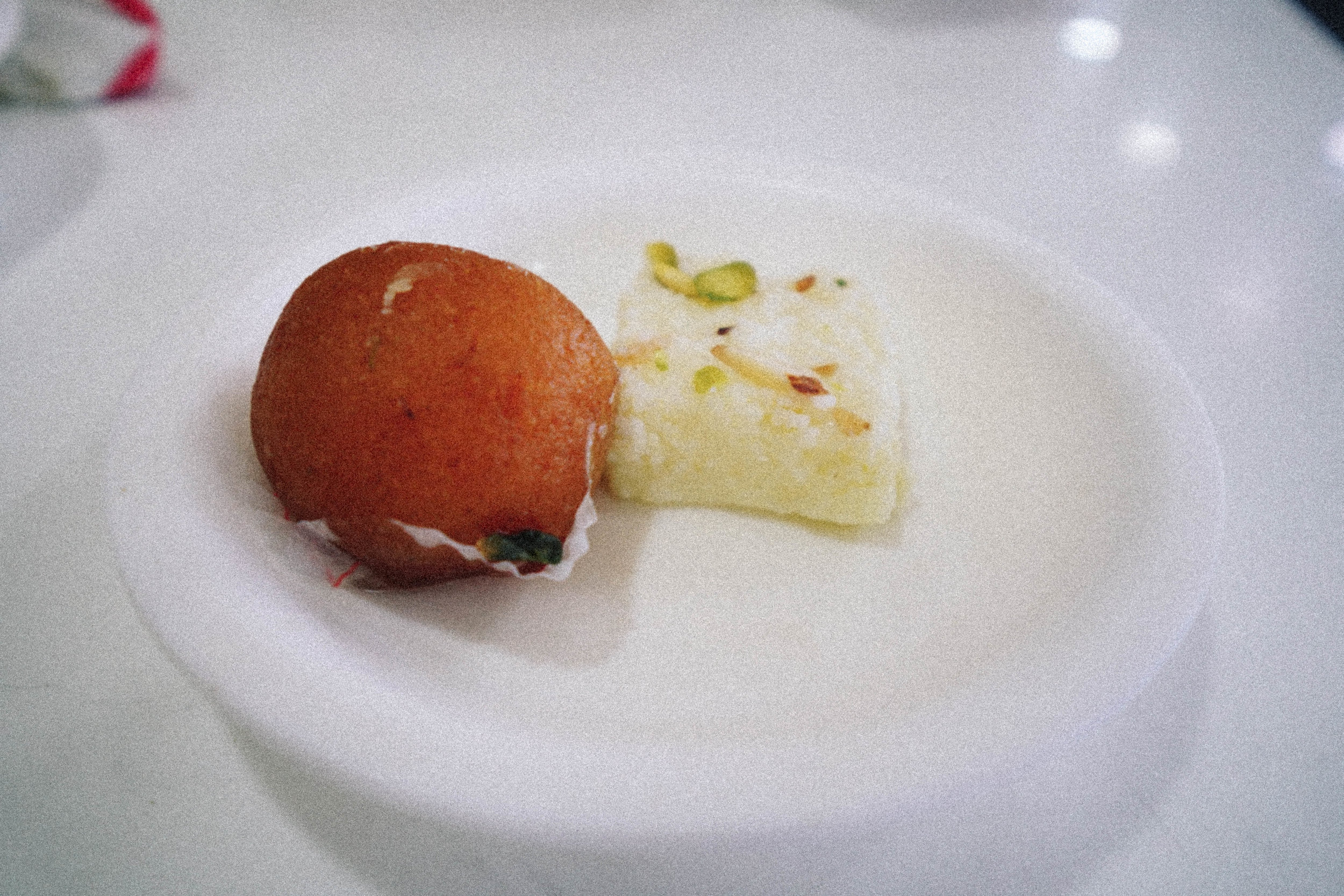Photo Diary: New Delhi
It hasn’t been long since returning back from my trip to India. It was a place I had always wanted to visit, particularly for the food and to gawk over the Taj Mahal. And, so I did.
My journey to India was a solo journey through a sustainable travel company, G Adventure. , seeking an emotional closure of what has been one of the hardest years, but also to explore and find the world around me. My first stop: New Delhi.
Photo Diary
New Delhi
New Delhi showcases India’s unique gift to modernize at a rapid pace without casting aside its cultural, historical, and spiritual identity. The capital city is a vast metropolis, with diverse neighborhoods that reflect different ethnicities, heritages, and movement. New Delhi, the government district of Delhi, is the administrative heart of India and an embodiment of the zeitgeist of this vast, diverse nation. Among the modern skyscrapers, award-winning restaurants, garden parks, and energetic markets, a series of remarkable monuments provide silent reminders of India’s legacy.
Delhi is such a multicultural society that each religious and ethnic demographic celebrates its own festivals. Diwali, the Festival of Lights, is celebrated in October/November with a profusion of lamps, fireworks, and anything that sparkles. Holi, the Festival of Colors, is a Hindu celebration at the end of the winter season. Bonfires are lit to signify devotion to Lord Vishnu, the God of Preservation, and people gather to throw colored powder and water at each other. Many children make a game out of throwing dust on foreigners—even hiding in trees to sprinkle handfuls of red, green, blue, and gold powder on the heads of unsuspecting tourists.
Delhi is also home to an extraordinary collection of museums and cultural monuments. The National Handicrafts and Handloom Museum displays tribal and rural art and artifacts. With over 35,000 pieces ranging from textiles to clay, space is a welcoming community of artisans and art lovers. Each month, approximately 50 craftspeople from across the country are invited to reside on the property and demonstrate their talents. Don't miss the Village Complex, an exhibition that displays village life from varying regions in India. Akshardham, located across the Yamuna River in Noida, is an elaborate Swaminarayan temple complex that features an IMAX theater, musical fountains, sunken gardens, and the Mandir: a temple with over 20,000 statues of India's religious personalities. Be sure to experience the 12-minute boat ride that highlights more than 10,000 decades of India's heritage, including inventions, discoveries, and the world's first university, Takshashila.
Old Delhi
Old Delhi is a culinary, architectural, and historical adventure. Start at the Red Fort, a sandstone fortress that covers nearly 255 acres. Consider returning in the evening when the fort comes alive with a sound-and-light show that recreates 5,000 years of India's history.
Next, continue to Jama Masjid, the largest mosque in India, which was commissioned by Shah Jahan. The same emperor who built the iconic Taj Mahal. Step outside the gates and enter Chandni Chowk, which is touted as the oldest and busiest street market in Delhi. Chandni Chowk entertains an exciting mix of shops that specialize in goods such as silk, silver, crafts, spices, and leather products.
Find celebrated restaurants, food stands, and sweet shops including the original Haldiram’s, Bikaner Sweet Shop, Ghantewala Halwai, and Meghraj and Sons. The street also houses many different religious shrines that represent a genuine cultural harmony: Sri Digambar Jain Lal Mandir and Bird Sanctuary, Sikh Gurdwara Sis Ganj Sahib, Central Baptist Church, and Gauri Shankar Hindu Temple. You'll also find old past private residences snuggled between a labyrinth of small streets and neighborhoods around Chandni Chowk.
The Food Scene
Delhi has a lively food scene including award-winning restaurants, streetside stands, and comfort food.
Veg & Non Veg
Restaurants typically drop into two categories: veg (vegetarian) and non-veg. Remember that cows are sacred in India, so beef is tricky to find, and when found, it's water buffalo, not cow.
Follow along on @valeriefidan for more bits and bites of food, life and travel.

